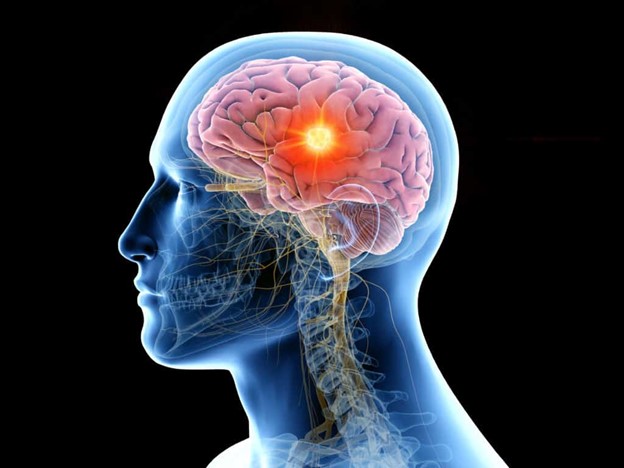Neuro-oncology and Idiopathic Intracranial hypertension

Brain tumours affect 8 per 100,000 people in the UK each year. Brain tumours often affect vision before causing any other symptoms by interfering with the visual pathways or causing papilloedema secondary to raised intracranial pressure. Unless diagnosed early, many people with brain tumours will die or suffer long-term disabilities, like permanent sight loss. In collaboration with the Academic Centre for Primary Care, REACH, the Applied Research Centre-West and College of Optometrists, we are working to improve the way that GPs and optometrists in the community diagnose and refer patients with papilloedema to hospital. We are also investigating the epidemiology of eye and brain tumours and how we can use different types of imaging to improve the diagnosis of papilloedema. Finally, we are investigating the visual outcomes of patients who have decompressive surgery for sight-threatening skull base brain tumours, and we are leading or taking part in several research studies of the condition, Idiopathic Intracranial Hypertension, that can also present with papilloedema.
Current projects:
2. Screening for papilloedema to diagnose brain tumours
3. Visual outcomes of neuro-ophthalmology patients attending Bristol Eye Hospital
4. NIHR HTA trial: Intervention To Preserve Vision In Idiopathic Intracranial Hypertension: Evaluation Of Clinical Effectiveness And Cost Effectiveness
